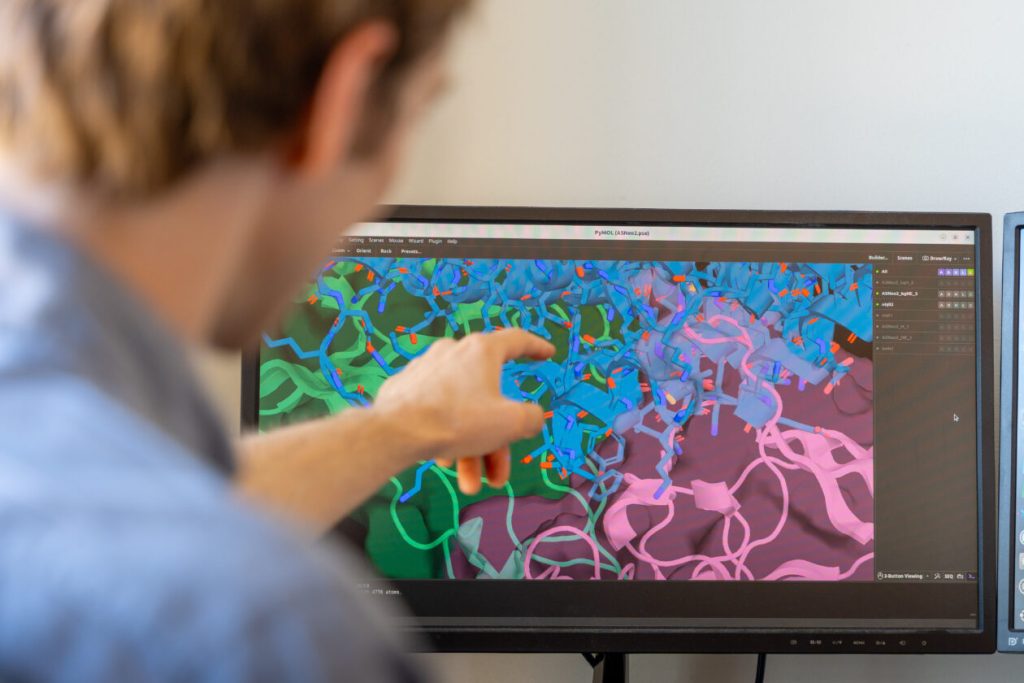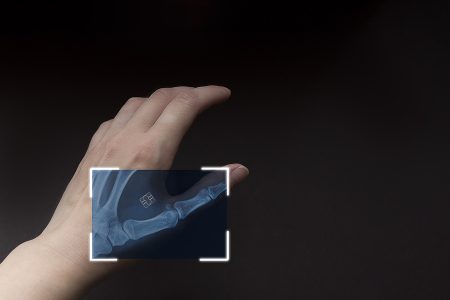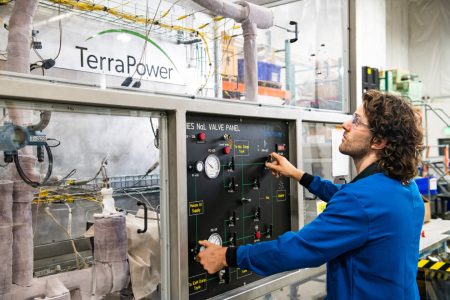Breakthrough in Protein Engineering: A New Tool for Controlling Medical Treatments
In a significant advancement for medicine and biotechnology, researchers at the University of Washington’s Institute for Protein Design have developed an ingenious solution to one of the most persistent challenges in drug therapy: precise control. Led by 2024 Nobel Laureate David Baker and graduate student Adam Broerman, the team has engineered proteins capable of rapidly shutting down biological interactions on demand. This breakthrough, detailed in a recent Nature publication, represents a fundamental shift in how medical treatments might be administered and controlled in the future. The research focuses on interleukin-2, a powerful drug used in treating kidney and melanoma cancers, which while effective, can sometimes overstimulate the immune system to dangerous levels. The new technology essentially creates an “off switch” for such powerful biological processes, opening doors to safer and more precisely controlled treatments.
The science behind this breakthrough is both elegant and revolutionary. Traditional drug administration has always been limited by dosage as the primary control mechanism – once a drug enters the body, its effects continue until it naturally degrades or is processed out of the system. The UW team’s approach adds an entirely new dimension of control. Their engineered protein works by physically inserting itself into complexes of bound proteins, altering their configuration in a way that causes them to separate. In the case of interleukin-2, the artificial protein targets the connection between the drug and immune cell receptors, causing them to rapidly disengage. This means doctors could potentially allow a powerful treatment to work at full strength and then, at the precise moment needed, deactivate it before negative side effects develop. It’s comparable to installing a dimmer switch where previously only an on/off toggle existed, allowing for nuanced control over treatments that once followed their own biological timelines.
The journey to this discovery highlights the painstaking nature of scientific progress and the thrill of breakthrough moments. Broerman, the lead author of the study, conducted numerous experiments with various engineered proteins, methodically modifying different components to maximize their effectiveness. For weeks, his attempts showed only modest improvements in how quickly protein complexes could be disrupted. Then came what Broerman described as “one of the most fun weeks of my life” – the moment when he found the winning formula. The de novo (newly designed) protein worked so extraordinarily fast that he had to recalibrate his measuring instruments to accurately record the speed of the protein disassociation. This wasn’t merely an incremental improvement but a quantum leap in capability, demonstrating the potential of AI-assisted protein design to create biological tools with precisely engineered functions that don’t exist in nature.
While the current research focuses on interleukin-2 and was conducted in human cells under laboratory conditions, the implications extend far beyond this single application. This technology represents a platform that could be adapted to numerous medical treatments and biological processes. For cancer therapies, it could mean activating powerful immune responses against tumors while having the ability to immediately shut down those responses if they begin attacking healthy tissue. For autoimmune conditions, it might allow precise modulation of immune activity. Perhaps most exciting for the scientific community is how this tool could accelerate research itself – giving investigators the ability to turn specific cellular processes on and off with unprecedented precision, helping to unravel complex biological systems by observing what happens when specific interactions are interrupted at exact moments.
The collaborative nature of this breakthrough underscores the interdisciplinary approach that characterizes modern scientific innovation. The study was a joint effort involving not only the Institute for Protein Design but also researchers from UW’s Department of Chemistry, Osnabrück University, Stanford University, and Oregon Health & Science University. This collaboration brought together experts in computational protein design, structural biology, biochemistry, and medical research, each contributing unique perspectives and specialized knowledge. The paper, titled “Design of facilitated dissociation enables timing of cytokine signalling,” lists numerous contributors representing multiple research institutions and disciplines, highlighting how complex scientific challenges increasingly require diverse expertise working in concert.
What makes this advancement particularly notable is its foundation in computational protein design, a field that has been transformed by artificial intelligence. Baker, already recognized with a Nobel Prize for his pioneering work in this area, has helped establish protein design as one of the most promising frontiers in biotechnology. By using AI to predict how proteins fold and interact, researchers can now engineer novel proteins with specific functions that have never existed in nature. This breakthrough exemplifies how computational approaches are revolutionizing our ability to interact with and modify biological systems at their most fundamental level. As Broerman expressed in discussing the research, this technology allows scientists to “much more precisely control the duration of immune response signaling and also immediately shut down any immune activation, even after it’s already started.” In essence, they’ve created biological software that can override hardware that evolved over millions of years, offering unprecedented control over some of life’s most complex processes.















